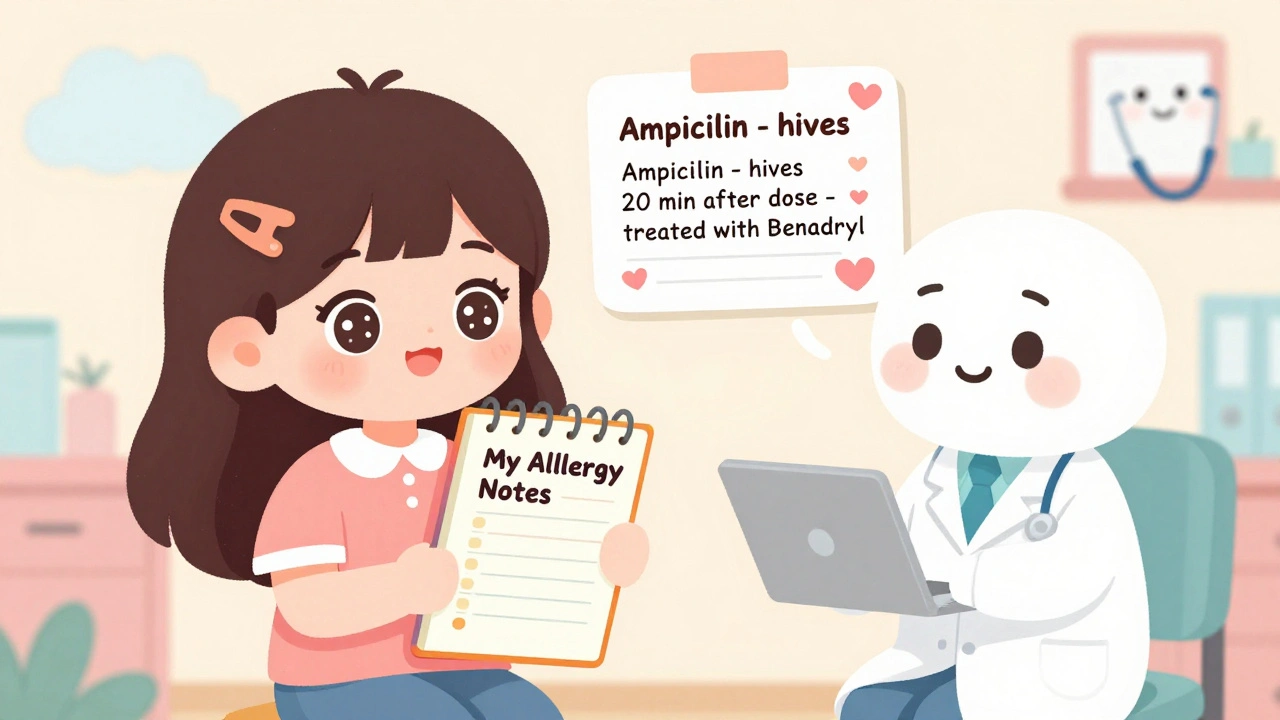Medication Safety: Avoid Harm, Understand Risks, and Take Control
When you take a medication, you’re trusting that it will help—not hurt. But medication safety, the practice of using drugs correctly to avoid harm while maximizing benefit. Also known as drug safety, it’s not just about following the label—it’s about understanding what’s hidden beneath it. Many people don’t realize that a harmless-looking pill can become dangerous when mixed with another drug, a food, or even a change in how your body processes it. Take lithium, a mood stabilizer used for bipolar disorder—it’s fine on its own, but add a common painkiller like ibuprofen, and your lithium levels can spike by 60%, leading to kidney damage or even poisoning. That’s not rare. It happens often, and most patients never see it coming.
Then there’s generic drugs, FDA-approved copies of brand-name medications with the same active ingredients. They save money, yes—but for drugs with a narrow therapeutic index, like warfarin, a blood thinner where tiny dose changes can cause bleeding or clots, switching brands can trigger dangerous INR fluctuations. You might not feel anything until it’s too late. And it’s not just about pills. Reading labels on inhalers, patches, or injectables matters just as much. One wrong number on a label—misreading concentration, mixing up units—can lead to overdose or underdose. People have died from this. It’s not theoretical. It’s in the news, in hospital reports, in real lives.
Antifungals can wreck your liver. Diuretics like chlorthalidone can trigger gout attacks. Even something as simple as stopping an antidepressant cold turkey can cause brain zaps, panic, or seizures. These aren’t side effects you read about in brochures—they’re real, preventable risks that fly under the radar because no one talks about them openly. That’s why medication safety isn’t just a doctor’s job. It’s yours too. You need to know what you’re taking, why, and what could go wrong. You need to ask about interactions, ask about alternatives, ask about monitoring. The system isn’t perfect. But you can be smarter than it expects you to be.
Below, you’ll find clear, no-fluff guides on exactly how to protect yourself—from spotting dangerous drug combos to reading labels right, from safely tapering off meds to knowing when a generic switch might cost you more than money. These aren’t theory pieces. They’re tools built from real cases, real mistakes, and real fixes. Use them. Your next pill could be the one that saves you—or the one that nearly kills you. The difference? Knowing what to look for.

 Dec, 6 2025
Dec, 6 2025
